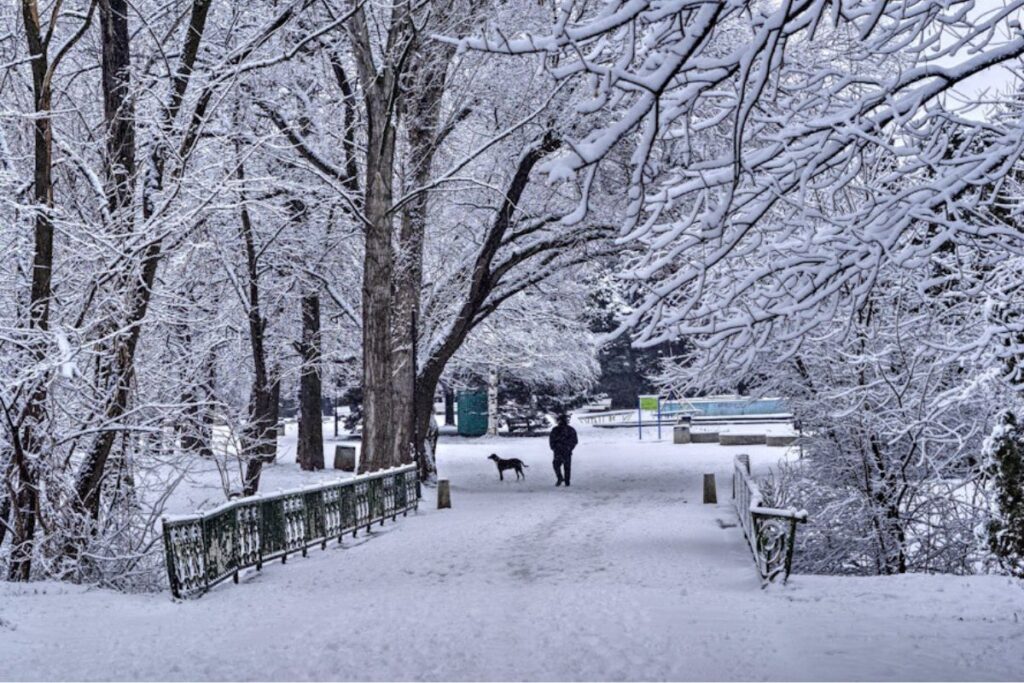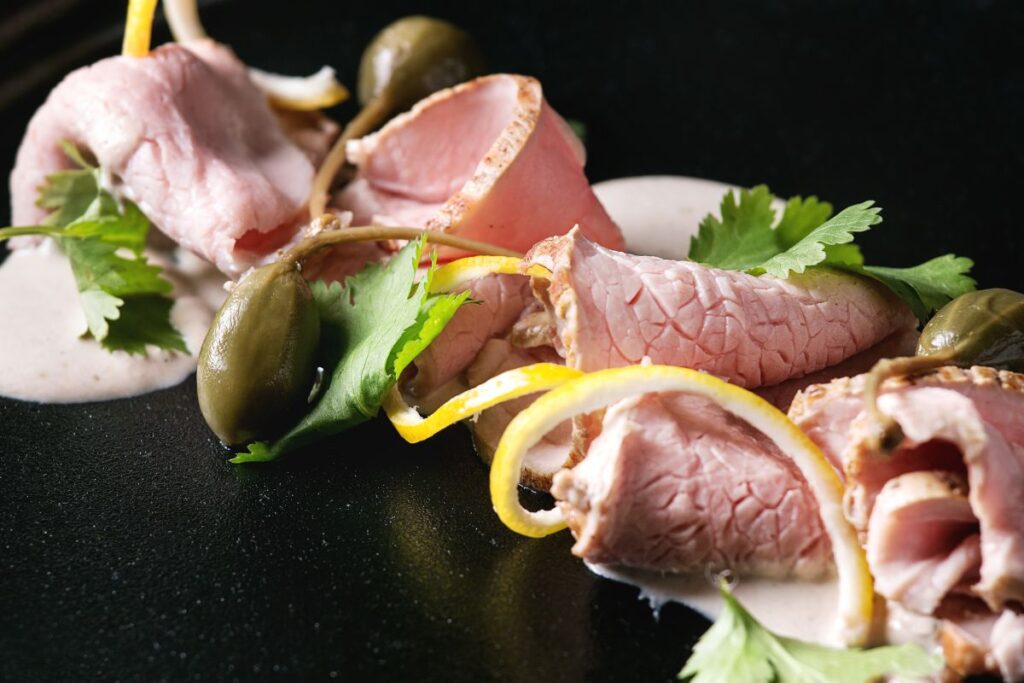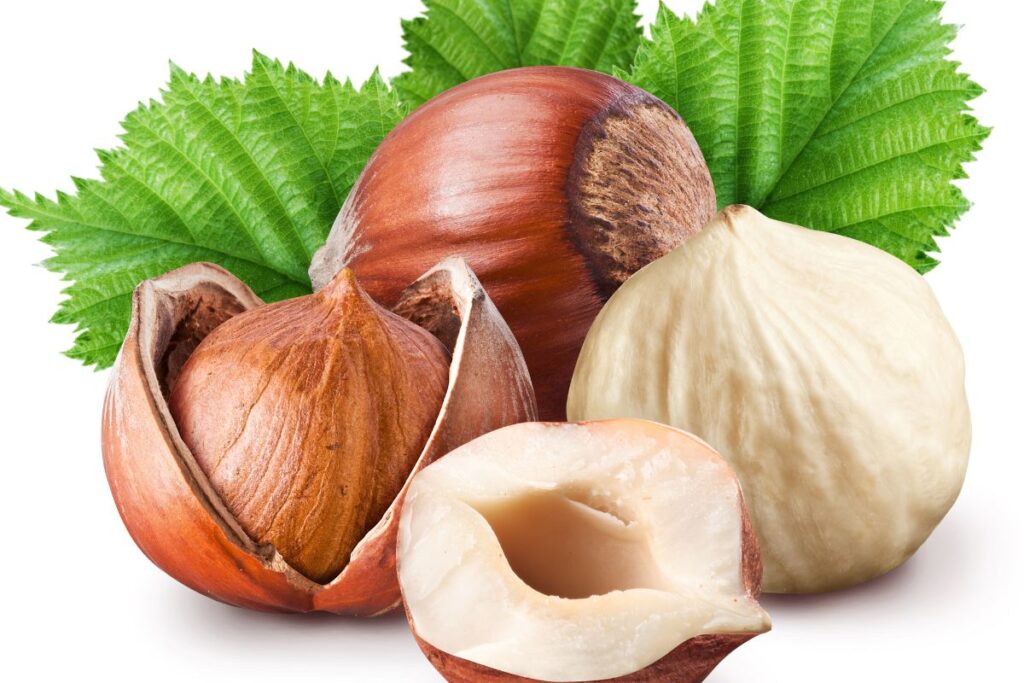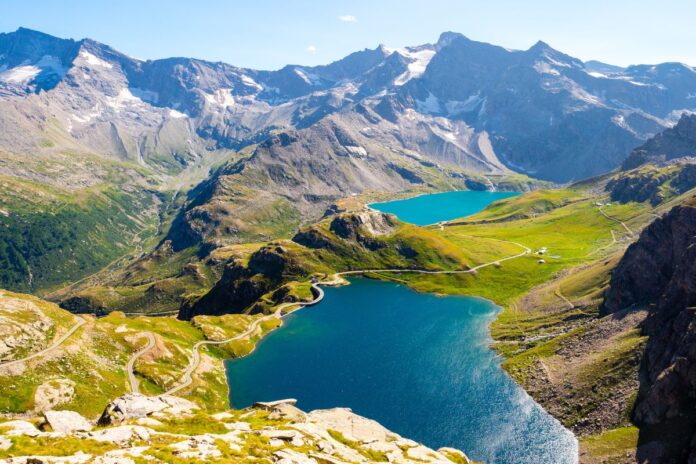Explore the rich cultural heritage and stunning landscapes of Piedmont, a region renowned for its world-class wines and historic cities. From Turin’s elegance to Langhe’s rolling vineyards, discover the best of Italy’s northwest. It enchants visitors with its majestic landscapes, historic cities, and world-renowned cuisine. Known for its sophisticated culture and scenic beauty, Piedmont offers a unique blend of urban elegance and rural charm. Let’s delve into the various aspects that make Piedmont a must-visit destination.
Location and Climate

Piedmont, which translates to “at the foot of the mountains,” is aptly named for its position at the base of the Alps. It is bordered by Switzerland to the north and France to the west, with the regions of Aosta Valley, Lombardy, Liguria, and Emilia-Romagna surrounding it within Italy. The region features a diverse landscape that includes fertile plains, rolling hills, and imposing mountain ranges.
The climate in Piedmont varies by altitude. The plains and lower hills enjoy a temperate climate with hot summers and cold, foggy winters. Higher elevations experience an alpine climate, with cooler summers and snowy winters, ideal for winter sports. The Po River, Italy’s longest river, flows through Piedmont, contributing to the region’s agricultural richness.
Historical Tapestry

Piedmont’s history is a rich tapestry influenced by various cultures and political changes. Key historical periods include:
Roman Era
Piedmont was part of the Roman Empire, and numerous archaeological sites, such as those in Turin, attest to this period.
Middle Ages and Renaissance
During the Middle Ages, Piedmont saw the rise of powerful city-states and the construction of castles and fortresses. The region was influenced by both French and Italian cultures.
House of Savoy
Piedmont became the heartland of the House of Savoy, which played a crucial role in the unification of Italy. Turin, the capital of Piedmont, was the first capital of unified Italy from 1861 to 1865.
Modern Era
The 20th century brought industrialization, with Turin becoming a major industrial hub, particularly in the automotive sector with the establishment of Fiat.
Key Cities

Turin (Torino)
The capital of Piedmont, Turin is known for its refined architecture, cultural institutions, and historical significance. Key attractions include the Mole Antonelliana, the Royal Palace of Turin, and the Egyptian Museum, one of the largest collections of Egyptian antiquities outside of Egypt. The city is also famous for its elegant cafes and chocolate.
Alba
Located in the heart of the Langhe region, Alba is renowned for its white truffles and fine wines, including Barolo and Barbaresco. The city’s historic center, with its medieval towers and churches, is a delight to explore, especially during the annual International White Truffle Fair.
Asti
Famous for its sparkling wine, Asti Spumante, and rich history, Asti features impressive medieval architecture, including the Cathedral of Santa Maria Assunta and numerous towers. The city hosts the Palio di Asti, one of Italy’s oldest horse races.
Novara
As the second-largest city in Piedmont, Novara boasts a blend of historical and modern attractions. The Basilica of San Gaudenzio, with its striking cupola, and the Broletto complex are notable landmarks.
Verbania
Situated on the shores of Lake Maggiore, Verbania is known for its beautiful botanical gardens, such as Villa Taranto, and its scenic lakeside views. The town is a gateway to exploring the lake and the Borromean Islands.
Culinary Delights

Piedmont’s cuisine is celebrated for its richness and variety, reflecting the region’s agricultural bounty and culinary traditions. Key culinary highlights include:
Truffles
Piedmont is famous for its white truffles, particularly from Alba. These prized fungi are used to enhance pasta dishes, risottos, and meats.
Agnolotti
These small, stuffed pasta squares are typically filled with meat and served with a rich meat sauce or butter and sage.
Bagna Cauda
A traditional dipping sauce made from garlic, anchovies, olive oil, and butter, often served warm with raw vegetables.
Vitello Tonnato
Slices of cold, roasted veal served with a creamy, tangy tuna sauce, a popular dish in Piedmontese cuisine.
Risotto
Piedmont produces some of Italy’s finest rice, making risotto a staple. Risotto al Barolo, made with the region’s famous red wine, is a local favorite.
Click here to browse Recipes from the Piedmont Region
Agricultural Highlights

Agriculture is a key part of Piedmont’s economy, with the region producing a variety of high-quality products. Key agricultural highlights include:
Wine
Piedmont is one of Italy’s top wine-producing regions, known for its prestigious wines such as Barolo, Barbaresco, and Asti Spumante. The rolling vineyards of Langhe, Roero, and Monferrato are UNESCO World Heritage sites.
Hazelnuts
The region is renowned for its high-quality hazelnuts, used in the production of Nutella and other confections.
Rice
The fertile plains of the Po Valley are ideal for rice cultivation, with varieties like Arborio and Carnaroli being used to make risotto.
Cheese
Piedmont produces several notable cheeses, including Gorgonzola, Castelmagno, and Robiola. These cheeses are integral to the region’s culinary traditions.
Tourism and Major Attractions

Tourism is a significant industry in Piedmont, with visitors drawn to its rich cultural heritage, stunning landscapes, and culinary delights. Major attractions and activities include:
The Langhe and Roero Hills
These picturesque regions are known for their vineyards, producing some of the world’s finest wines. Visitors can tour wineries, sample wines, and enjoy the scenic beauty of the rolling hills.
Mole Antonelliana
Turin’s iconic landmark, this towering structure houses the National Museum of Cinema and offers panoramic views of the city from its observation deck.
Venaria Reale
This grand Baroque palace and its gardens, located just outside Turin, are a UNESCO World Heritage site and one of Italy’s largest royal residences.
Lake Maggiore
This beautiful lake, shared with Lombardy and Switzerland, is known for its charming towns, scenic views, and the Borromean Islands, particularly Isola Bella with its stunning palace and gardens.
Sacra di San Michele
An ancient abbey perched atop Mount Pirchiriano, this impressive structure inspired the novel “The Name of the Rose” by Umberto Eco and offers breathtaking views of the surrounding valley.
Things to See and Do

Whether you’re interested in history, nature, or gastronomy, Piedmont offers a wide range of activities to suit all interests. Here are some top recommendations:
Wine Tasting
Explore the vineyards and wineries of Barolo, Barbaresco, and Asti to sample some of Piedmont’s world-famous wines.
Visit Historic Sites
Discover the region’s rich history by visiting castles, palaces, and medieval towns such as the Royal Palace of Turin, the Castle of Grinzane Cavour, and the medieval town of Saluzzo.
Hike and Ski in the Alps
Piedmont’s Alpine region offers excellent opportunities for hiking, skiing, and mountaineering. Popular destinations include the Valsesia Valley and the resorts of Sestriere and Bardonecchia.
Explore Turin’s Museums
Turin boasts a wealth of museums, including the Egyptian Museum, the Museum of the Risorgimento, and the Museo dell’Automobile, which showcases the history of Italian car manufacturing.
Attend Local Festivals
Experience Piedmontese culture at festivals such as the Alba White Truffle Fair, the Turin International Book Fair, and the Palio di Asti.
Conclusion
Piedmont, with its majestic landscapes, rich cultural heritage, and delectable cuisine, is a region that offers something for everyone. Whether you’re exploring historic cities, tasting world-class wines, or enjoying outdoor activities in the Alps, Piedmont provides an unforgettable experience. This region’s unique blend of natural beauty and cultural sophistication makes it a must-visit destination for anyone seeking to discover the diverse charms of Italy.




